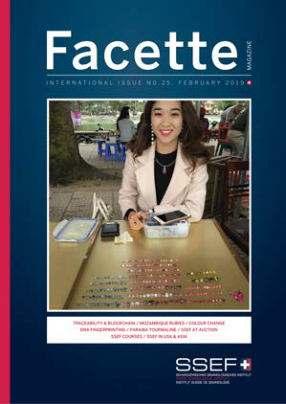
Rhino Ruby, Mozambique (22.04 ct), ca. 500 million years old
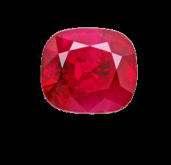
Burma Ruby, ca. 30-25 million years old
36th IGC Conference | August 2019


Rhino Ruby, Mozambique (22.04 ct), ca. 500 million years old

Burma Ruby, ca. 30-25 million years old
36th IGC Conference | August 2019
Michael S. Krzemnicki, Hao A.O. Wang, MyintM. Phyo

Radiometric age dating is used to date materials such as for example rocks, minerals, or historic artefacts by comparing the abundance of naturally occurring radioactive isotopes and their decay products.

Some of the most commonly used radiometric methods are: - U-Pb and Th-Pb for geologic samples (e.g. zircon) - 14C radiocarbon for very young samples (e.g. historic artefacts or biogenic materials).



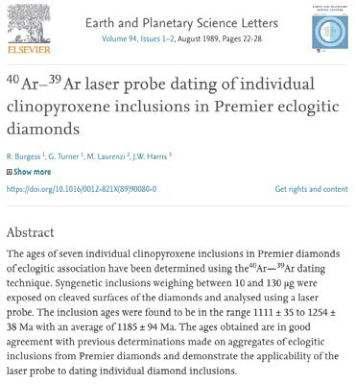
AGE DETERMINATION OF PEARLS: A NEW APPROACH FOR PEARL TESTING AND IDENTIFICATION
Michael S Krzemnicki
Swiss Gemmological Institute SSEF, Falknerstrasse 9, 4001 Basel, Switzerland. Email: gemlab@ssef.ch. Irka Hajdas Laboratory of Ion Beam Physics, ETH Zurich, Schafmattstr. 20, 8093 Zurich, Switzerland. Email: hajdas@phys.ethz.ch.
ABSTRACT. For this radiocarbon study, 7 saltwater pearls and 3 shells from pearl oysters have been analyzed. The declared ages of the samples range from the mid-19th century to very recent formations. The analyzed data show the potential of the bomb peak time marker to provide additional information when testing pearls. The analyzed pearls could be distinctly separated in pearls of pre- and post-bomb peak ages, in agreement with the distinction based on the declared ages. The analyzed data further reveals the potential of this method to provide supporting evidence for the historic provenience of a pearl or as an indication of a natural or cultured formation of a pearl.
INTRODUCTION
Due to their beauty, pearls have been used for adornment since prehistoric times and are among the most prized jewels, as they connote not only beauty and rarity, but also status and have thus been used as means of representation in many cultures since ancient times (Kunz 1908). Famous historic jewels and ornaments with pearls are known from the treasures of the royal courts in Europe, Russia, the Middle East, India, and China (Bennett and Mascetti 2007; Scarisbrick 2008).

Klemens Link
The age determination of zircon inclusions in faceted sapphires by LA-ICPMS may provide a valuable tool to support geographical origin determination. In this initial study, U-Pb dating of a zircon inclusion in a pink sapphire from Madagascar yielded an age of 650 million years (Ma), suggesting a syngenetic origin (i.e. formed at the same time as the host sapphire) of the zircon. In a greenish blue sapphire from Madagascar, an included zircon yielded a U-Pb age of 1,750 Ma, pre-dating the host sapphire, and therefore indicating the zircon is an inherited inclusion (i.e. it originated from rocks that existed before the host sapphire crystallized). These results are supported by indications provided from conventional methods of geographical origin age dating of post-formation metamorphic events, laboratory heat treatment and the possibility of complex zoning in the zircon inclusions.
OreGeologyReviews34(2008)169–191

Contentslistsavailableat ScienceDirect
OreGeologyReviews
journalhomepage:www.elsevier.com/locate/oregeorev

Marble-hostedrubydepositsfromCentralandSoutheastAsia:Towardsanew geneticmodel
VirginieGarnier a,GastonGiuliani a b ⁎,DanielOhnenstetter a,AnthonyE.Fallick c,JeanDubessy d DavidBanks e,HoàngQuangVinh ,ThérèseLhomme d,HenriMaluski g,ArnaudPêcher h , KausarAllahBakhsh ,PhamVanLong ,PhanTrongTrinh f,DietmarSchwarz k CRPG/CNRS,BP20,15rueNotre-DamedesPauvres,54501Vandœuvre-lès-Nancycedex,France IRD,UR154LMTG,14avenueEdouardBelin,34100Toulouse,France ScottishUniversitiesEnvironmentalResearchCentre,EastKilbride,RankineAvenue,GlasgowG750QF,Scotland,UnitedKingdom d UMR7566G2R/CNRS,UniversitéHenri-Poincaré,BP239,54506Vandœuvre,France SchoolofEarthSciences,UniversityofLeeds,LeedsLS29JT,UnitedKingdom InstituteofGeologicalSciences,CNST,NghiaDô,CâuGiây,Hanoi,Vietnam LaboratoiredeGéochronologie,UniversitédeMontpellier2,PlaceEugèneBataillon,34095Montpellier,France h MaisondesGéosciences,LaboratoiredegéodynamiquedesChaînesalpines,181ruedelapiscine,38400 StMartind'Hères,France GSP,GeoscienceLaboratory,P.O.Box1461,ShahzadTown,Islamabad,Pakistan VietnamNationalGemandGoldCorporation,91DinhTienHoangstreet,Hanoi,Vietnam GübelinGemmologicalLaboratory,Maihofstrasse,102,CH-6000Lucerne9,Switzerland


European Workshop on Laser Ablation, Pau (France), 2018
U-Pb age dating and trace element analysis of zircon inclusions in ruby, spine and host rock from Mogok, Myanmar using LA-ICP-TOF-MS and LA-ICP-SF-MS
Myint Myat Phyo1 Marcel Guillong2, Leander Franz1, Alfon Berger , Michael S. Krzemnicki andHao A.O. Wang4 Mineralogical Petrographic Institute, University of Basel, 2Institute of Geochemistry and Petrology, ETH Zurich, 3Geological Institute, University of Bern, Swiss Gemmological Institute SSEF, Basel, Switzerland
The Mogok area within the Mogok Metamorphic Belt (MMB) in Myanmar is one of the finest ruby and spinel deposits in the world. Although MMB has been studied extensively in terms of petrography, geochronology and tectonic in the literature only very limited data so far reported UPb zircon ages specifically from the Mogok area which is located in a central position within the MMB Our research focuses on gem-quality ruby and spinel using zircons inclusions to better understand the complex metamorphic events leading to their formation in marbles at Mogok.
“[Pearls] occupied the first rank…and the very highest position among valuables.”
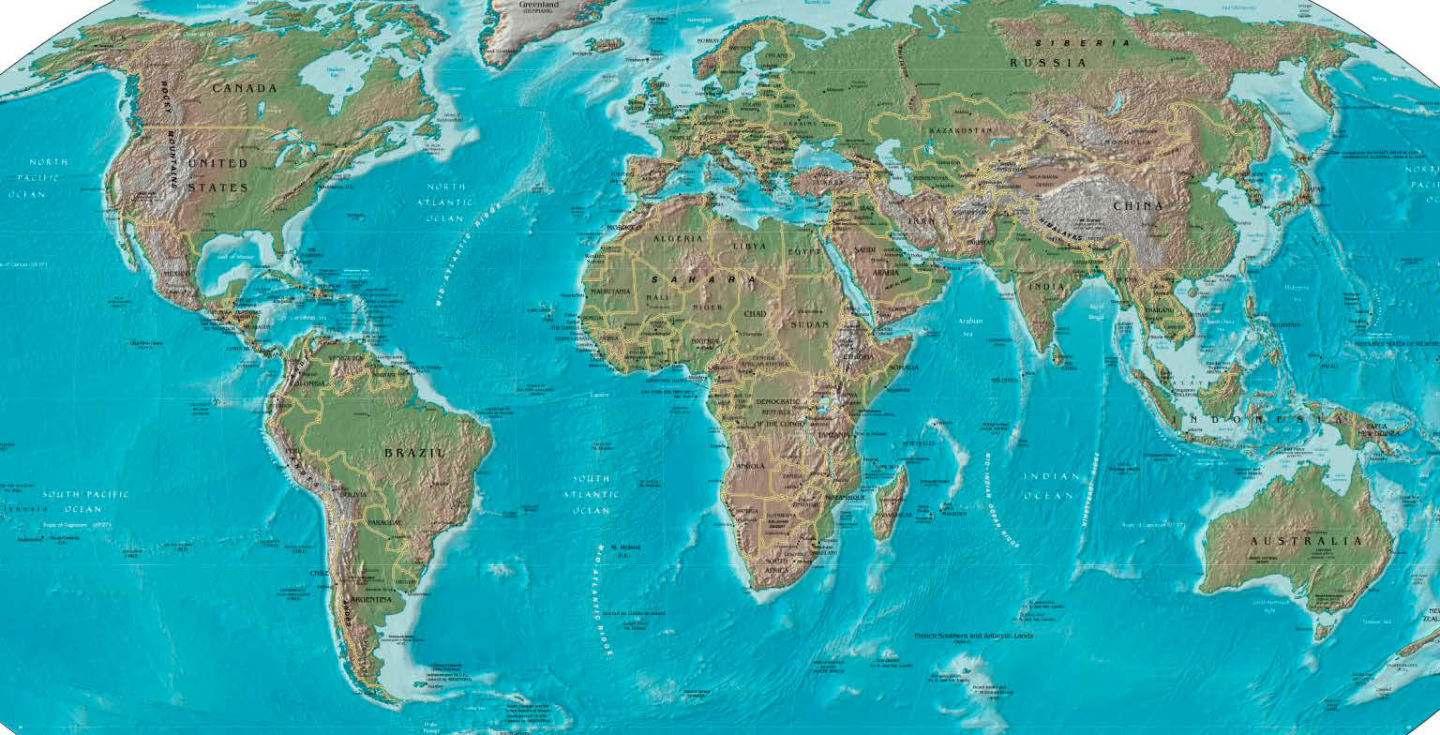

Saltwater natural pearl from Covacha Babisuri archaelogicalsite (Baja California, Mexico), at least 8500 years old (radiocarbon dated). Charpentier et al., 2012.


Saltwater natural pearl from Umm Al Quwain excavations (UAE), approx. 7500 years old (dated from ash layers). Charpentier et al., 2012.

Freshwater natural pearl from North-Western Australia, approx. 2000 years old (dated from radiocarbon ages of shells in excavation). Szabo et al., 2015.
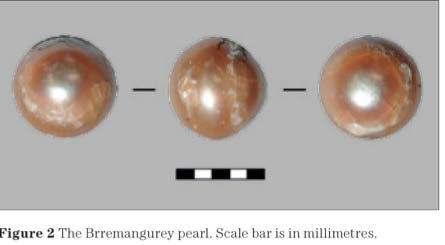
Radiocarbon dating of biogenic materials





A minute amount (less than 0.004 g) of calcium carbonate is taken from inside the drill-hole. „quasi“ non-destructive testing even for objects of archaeological and cultural heritage.

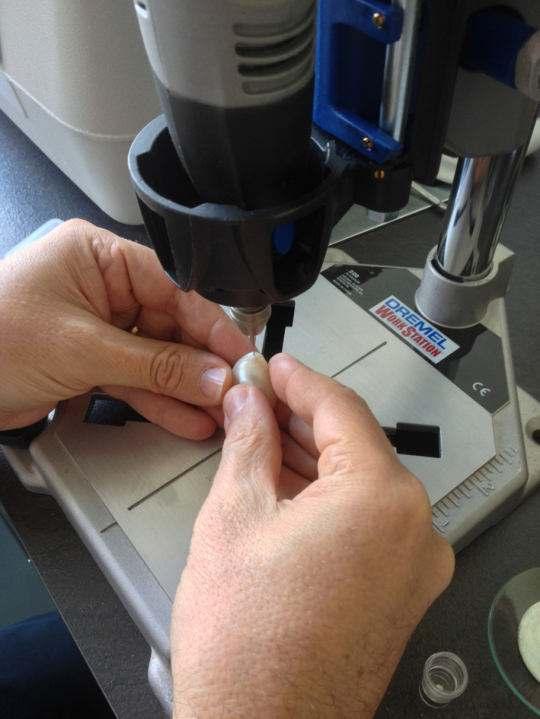

0.02 ct powder of calcium carbonate for age dating.



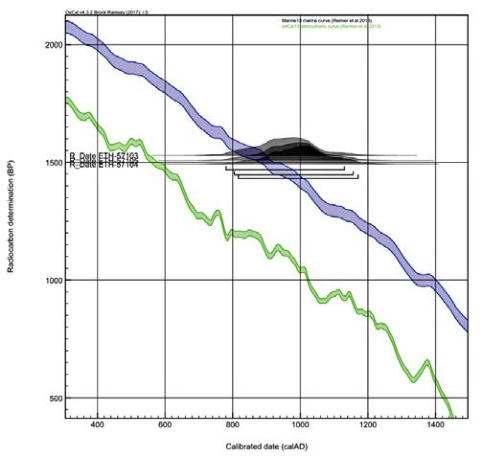
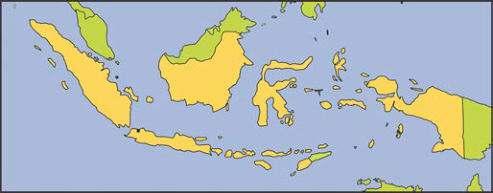



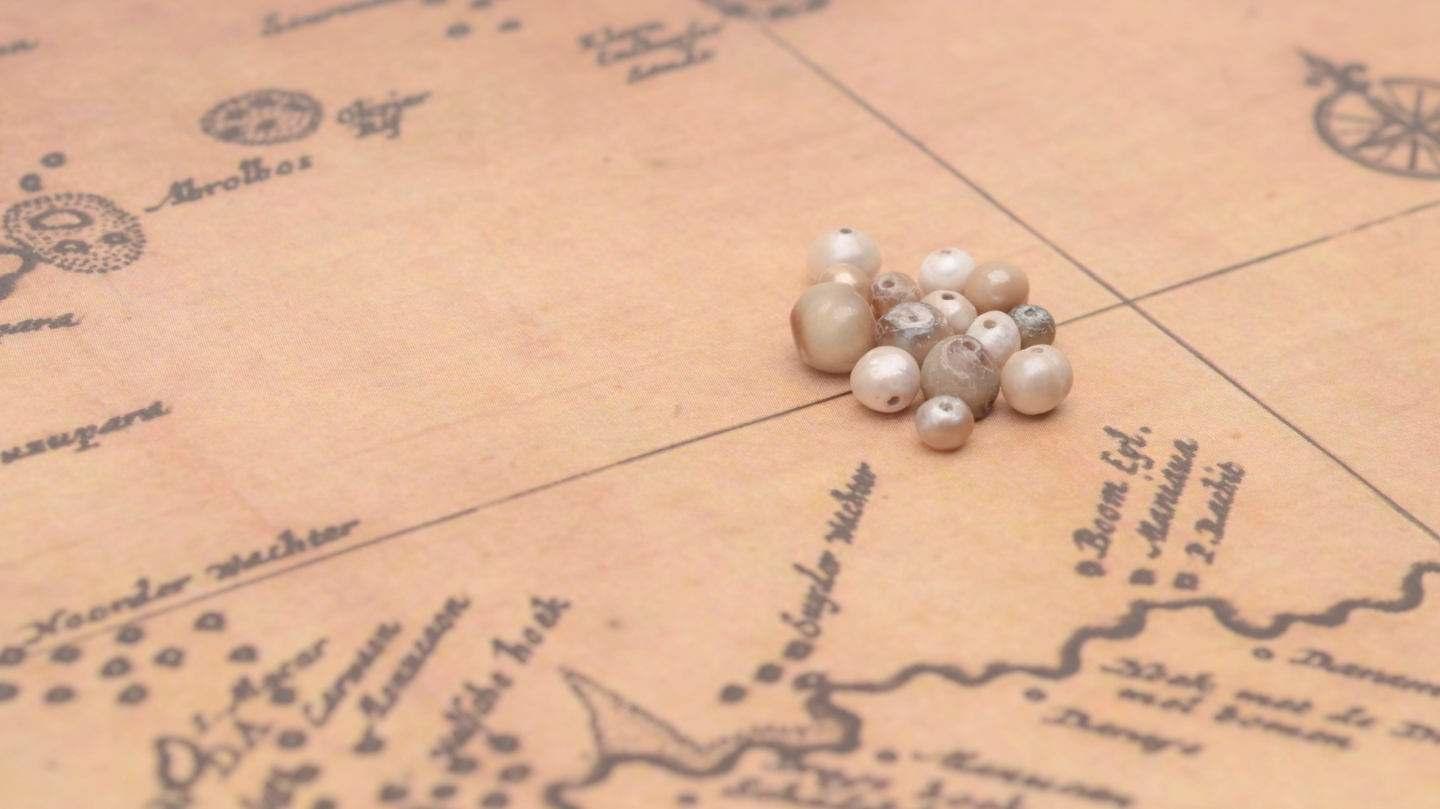

Documented since mid 19th century: Originally belonging to Ana María de Sevilla (1828-1861); probably fished during Hernán Cortéz’ conquest of the Aztec empire in the 16th century . The radiocarbon analyses (carried out by ETH Zurich) date this pearl to the 16th – 17th century, thus perfectly matching the documented provenance of this pearl.




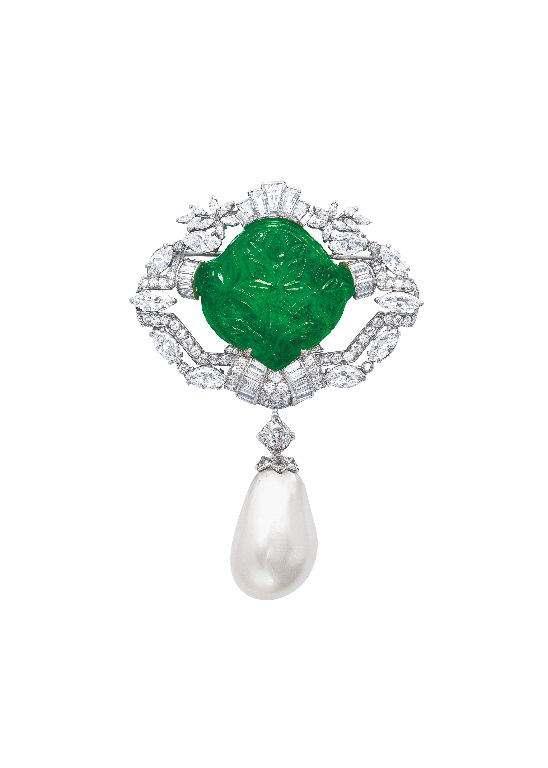
Cultured pearls formed around the “bomb” peak (1966, southern hemisphere). Early production from Kuri Bay, Australia‘s first pearl farm (first production in 1958). The cultured pearls are presumably from the 1960‘s.




bomb peak
Cultured pearls from a test run by Paspaley: Seed grafting in 1991 and harvest in 1993.


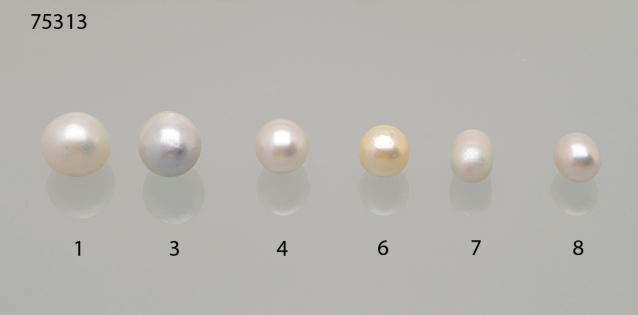


Supporting evidence due to radiocarbon age dating
This saltwater pearl shows internal structures which are also known in beadless cultured pearls (Krzemnicki 2010, Sturman 2009).
The radiocarbon analyses (carried out by ETH Zurich) date this pearl to the 17th – 18th century, distinctly pre dating any pearl farming. The radiocarbon age thus supports the conclusion of natural pearl.
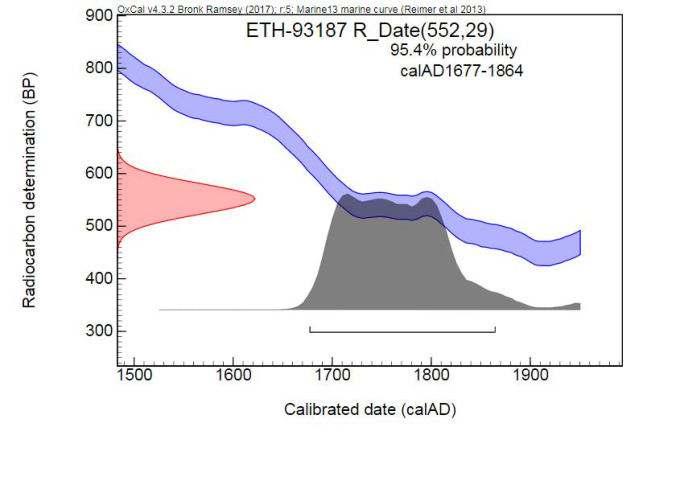

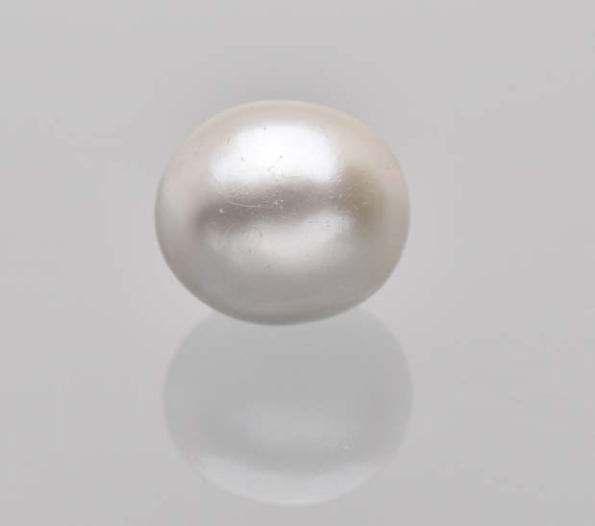
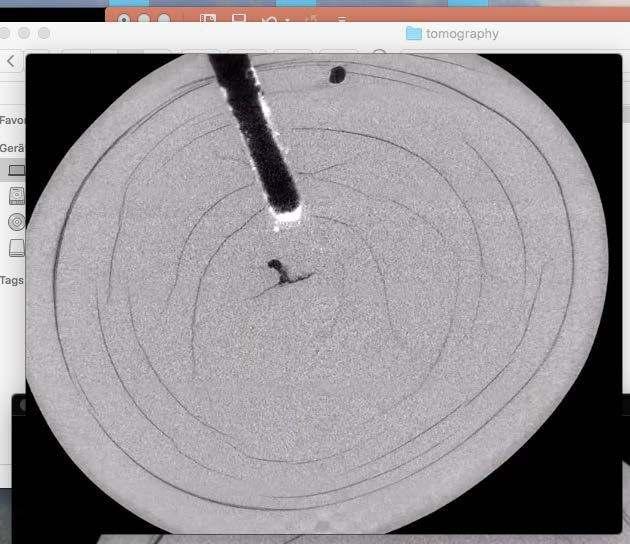
Micro X-ray tomographical section of pearl centre.
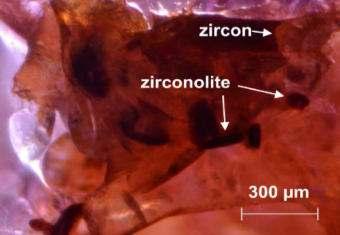

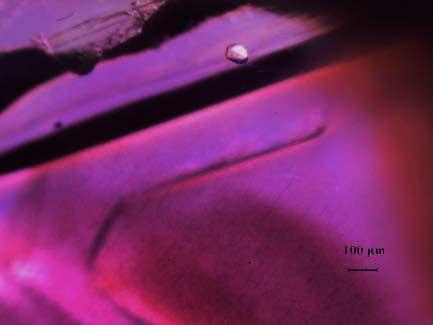
Ø LA-ICP-Time Of Flight-Mass Spectrometry (LA-ICP-TOF-MS)
àFull mass spectrum (simultaneous m = 7 - 238)
àLaser spot size- 35µm
Ø LA-ICP-Sector Field-Mass Spectrometry (LA-ICP-SF-MS)
àHigh sensitivity (measured isotopes 202, 204, 206, 207, 208, 232, 235, 238)
àLaser spot size- 13µm & 19µm


The following inclusions have been used so far for radiometric age dating of gemstones at SSEF: - Zircon - Zirconolite - Baddeleyite - Titanite
- Apatite
- Xenotime
- Monazite
Rutile
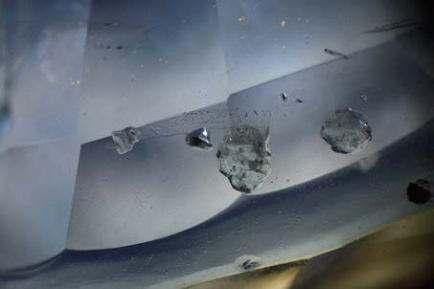








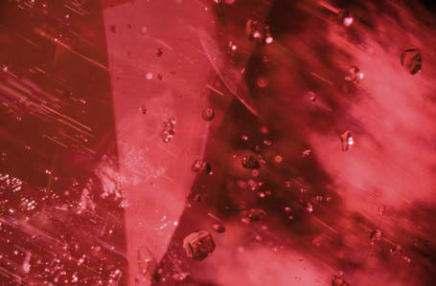




Three main global geological frameworks in which many gemstone deposits are found:
• Deposits connected to Pan-African tectonometamorphic events by the collision of eastern and western Gondwana about 750-450 ma ago.
• Deposits connected to tectono-metamorphic events due to the collision of the Indian plate with the Eurasian plate (Himalayan orogeny), about 40-10 ma ago.
• Volcanic activity (alkali-basalts), often linked to extensional tectonics (rift valley in East-Africa, Southeast-Asia...), mostly about 4 ma ago and younger.
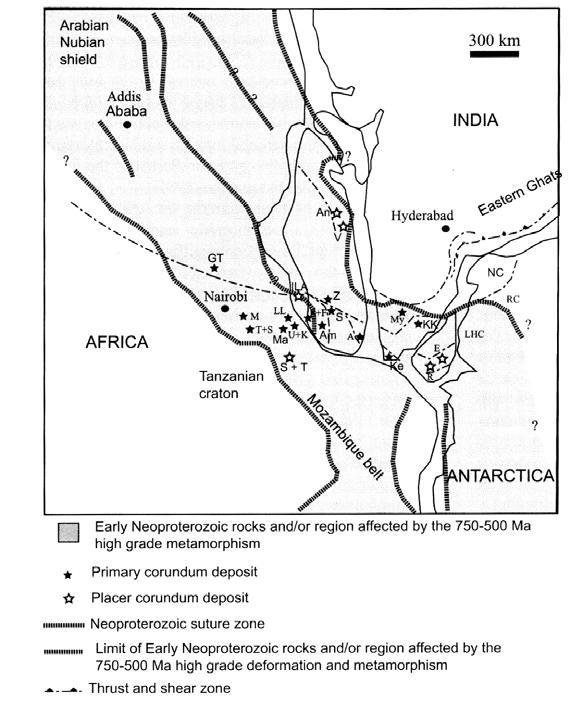


22 ± 0.9 Ma
40 ± 3.64 Ma
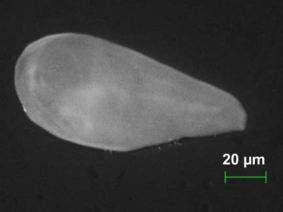
74 ± 5 Ma

23 ± 0. 8 Ma
23 ± 0.5 Ma
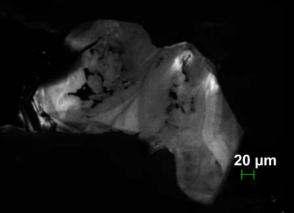
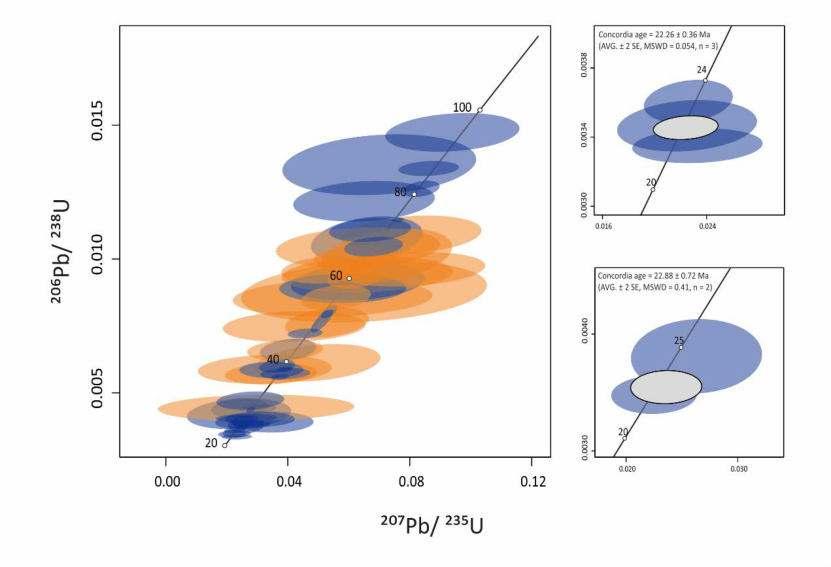
± 0.72 Ma
22.26 ± 0.36 Ma
67 ± 4 Ma LA-ICP-TOF-MS
Data and figuresfrom MyatMyint Phyo, (unpublished PhD thesis, University Basel)







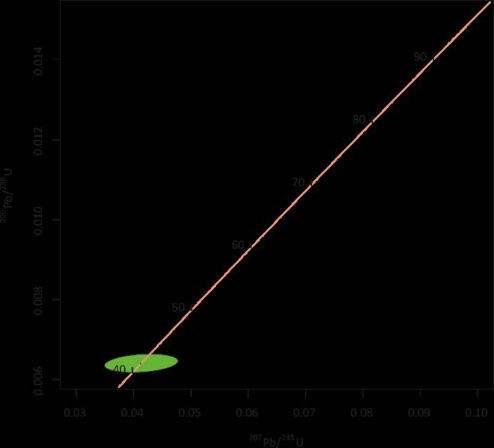
40 ± 2 Million Years
Coincident with Mogok Metamorphic Event
U-Pb dating on titanite inclusion (40 ± 2 Ma) supports a Burmese origin of this 12 ct ruby.

Marble-type ruby of 5.1 ct.
Doubtful origin based on “classical” analytical methods.



metamict zircon in studied ruby
U-Pb dating on zircon inclusion (approx. 565 Ma) supports an East-African origin of this ruby.

Marble-type ruby cabochon of 76 ct.
Doubtful origin based on “classical” analytical methods.
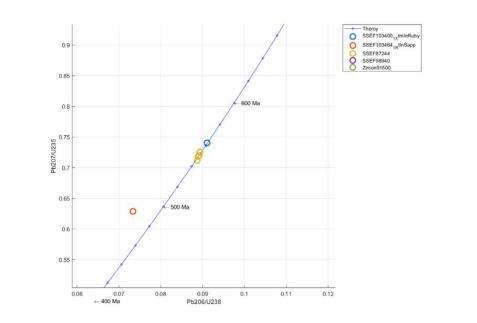

U-Pb dating on xenotime inclusion (approx. 560 supports an East-African origin of this ruby.

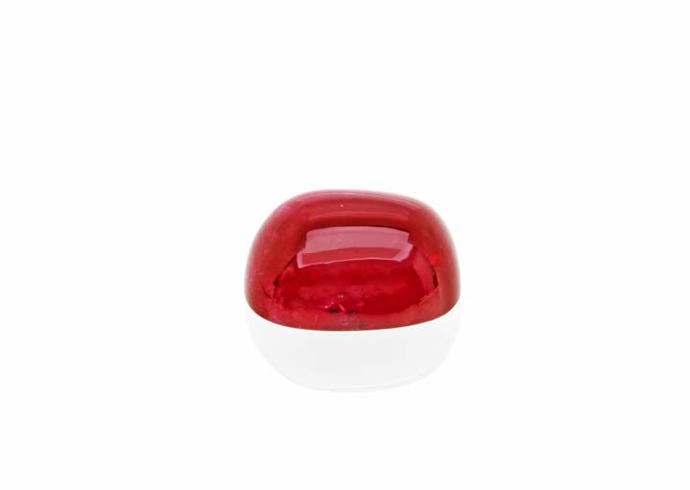

Doubtful origin based on “classical” analytical methods.
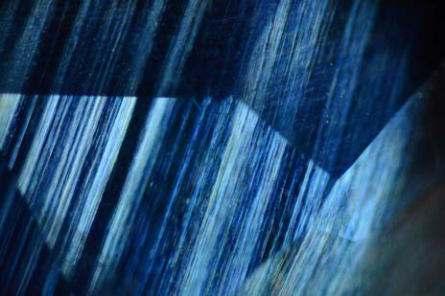
SSEF103694
SSEF104696
SSEF87244
SSEF98940
Zircon91500
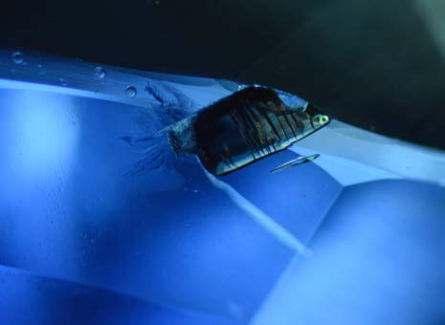
U-Pb dating on rutile inclusion (approx. 20 Ma) supports a Burmese origin of this sapphire.


Two metamorphic sapphires with velvety blue “Kashmir-like” visual appearance…

8.5 ct Sri Lanka

22 ct Kashmir

U-Pb dating on zircon inclusions allows clear separation, supporting a Kashmir (a) and a Sri Lankan origin of these two sapphires.

‚Kashmir-like‘ sapphires of excellent quality from new deposit near Ambatondrazaka, Madagascar.
Raman spectra of zircon inclusions


Kashmir
Ambatondrazaka Madagascar


metamict zircon inclusion non-metamict zircon inclusion
Krzemnicki M.S., 2017. Trade alert: ‘Kashmir-like’ sapphires from Madagascar are entering the gem trade in large sizes and quantities. SSEF Press release, 28th March 2017.
Krzemnicki M.S., Cartier L.E., Wang H.A.O., Zhou W., Lefèvre P., 2017. Sapphires from a new deposit at Bemainty near Ambatondrazaka in Madagascar. InColor Magazine, No. 35, 44-47.
High-Field Strength Elements (HFSE) are occasionally present in metamorphic and basaltic sapphires (commonly linked to submicroscopic inclusions resulting in “cloudy” appearance, Shen et al. 2007 and 2009)



Chrysoberyl-Sapphire (basaltic) intergrowth. See M.S. Krzemnicki, 2008 (IGC Moscow)

Occurence frequency of incompatible elements (HFSE)

Zr, Nb, Hf, Th more often in Madagascar than Kashmir
Direct 232Th / 208Pb age dating of sapphire:
100 ct sapphire with slight turbidity and inclusions possible for Madagascar, Sri Lanka or Kashmir.
Estimated age 400 - 600 Ma, thus excluding a Kashmir origin.
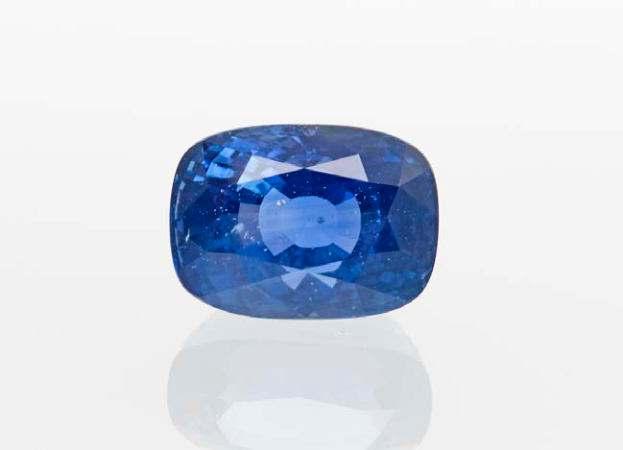

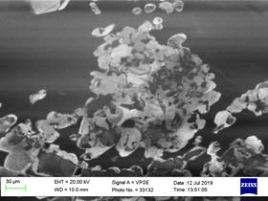

FIGURE 4.9:AgeDatingplot(donewithisoplotR(Vermeesch,2018))



Our calculated U-Pb age of 491 ± 26 Ma is in good agreement with Strmic & Palinkas et al.. 2019, dating the Boqueirao pegmatite using 40Ar/39Ar at 502.1 ±5.8 Ma years.
Figures © S. Degen, 2019. Unpublished Bachelor thesis 2019, University Basel

Radiocarbon age dating in principle can be carried out on any pearl (or any other biogenic material) containing carbon.
U-Pb and Th-Pb age dating in most cases requires certain inclusion minerals present at the surface of a cut gemstone.
In specific cases, direct age dating of sapphires (containing Th, Pb traces) is possible.
In lab testing, age dating may provide additional supporting evidence in cases of:
- Pearls of historic provenance
- Separation of natural and cultured pearls
- Origin determination of coloured gemstones

